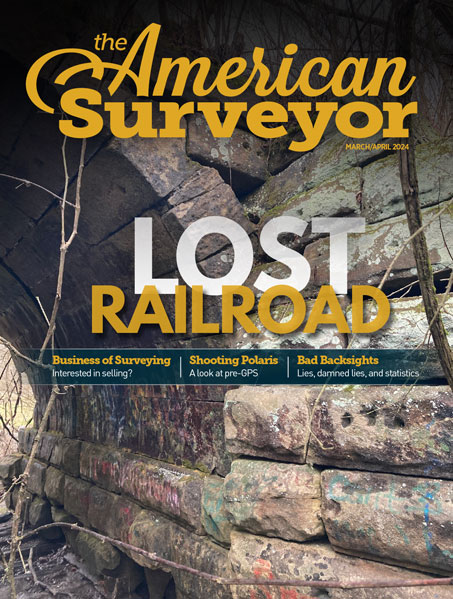NOAA has recently announced that high-resolution radar data from the national network of Next Generation Radar (NEXRAD) is now available in real time to government, university and private sector users. The data represents the highest resolution picture of what the radar system is "seeing" in real time—as the antenna spins.
As a result, faster, higher resolution and more detailed weather products will be developed. Researchers have already proven the value of this data in various applications. Now it will be available to everyone. (Click here for high resolution version, which is a large file – Source: “NOAA.”)
NOAA Morehead City, N.C., radar image
The NOAA National Weather Service will distribute the data from the Next Generation Radar, also known as the WSR-88D, through four top-tier sites, said Tim Crum, NWS NEXRAD operations focal point with the NOAA Radar Operations Center in Norman, Okla. Three of these sites—Purdue University, University of Oklahoma, and The Education and Research Consortium of the Western Carolinas—have agreed to make Level II data available to all private sector users equally on a cost-recovery basis without restriction on redistribution or use. The fourth site, the NWS Telecommunication Operations Center, will make data available through a Family of Services approach if there is interest from the commercial community.
Users are free to determine their source of Level II data, either from these four sites or from private companies and universities that will receive the data from the top-tier sites, according to Crum.
"The NOAA National Weather Service is committed to working together with academia and the private sector to develop products and services that enhance the shared goal of protecting lives and property," said retired Air Force Brig. General David L. Johnson, director of the NOAA National Weather Service. "Moreover, this action supports the National Research Council’s ‘Fair Weather’ recommendations to enhance the availability and dissemination of NOAA National Weather Service data.”
"Making this critical data available in real time is an important step in enhancing that partnership, and we should see a new era in weather forecasting as a result of new products and services yet to be developed using this enhanced, real-time information," Johnson added.
“The NWS is using the Unidata public domain Local Data Manager technology to collect and redistribute Level II data,” Crum explained. The NWS will send copies of the Level II data to the top-tier sites, and Unidata will coordinate the further redistribution of data through the university community. The NWS will redistribute Level II data to other federal government users from an NWS server located at the mid-Atlantic Crossroad Gigapop at the University of Maryland.
"High-performance networking capabilities and other recent technological advances have made it possible for the NOAA National Weather Service to archive and deliver valuable Level II data from multiple radars,” Crum said. “This new system will facilitate ground-breaking advances by a variety of radar data users.”
To make Level II data available, the NWS expanded on an experiment known as CRAFT, the Collaborative Radar Acquisition Field Test Project, which was implemented by a coalition of researchers working with NOAA during the past few years. The new system offers a viable alternative to using 8mm tapes for archiving the nation’s high-resolution radar data, cutting delivery time from months to seconds, increasing the amount of information saved and decreasing processing costs. Data will be electronically collected and transmitted in real time to the NOAA National Climatic Data Center for archiving.
In addition, the use of the Internet2 network infrastructure, including the high-performance Abilene backbone network, allows the NWS to deliver significantly greater amounts of high quality data to a geographically diverse group of users. “Data will be available from the 121 NOAA WSR-88D radars and some of the Department of Defense’s WSR-88D radars in the contiguous United States,” Crum said. The data are sent to the NWS regional headquarters and then to the Internet2 network via the Gigapops located at North Texas, Utah Education Network, and Great Plains Network. The Level II base data includes high-resolution reflectivity, velocity and spectrum width.
More information about receiving Level II data is available from each of the four top-tier sites.
- Education and Research Consortium of the Western Carolinas, Max Lennon, (828) 281-1954, maxlennon@ercwc.org
- Purdue University, Professor Matthew Huber, (765) 494-3258, huberm@purdue.edu
- University of Oklahoma, Professor Kelvin K. Droegemeier, (405) 325-0453, kkd@ou.edu
- NWS Telecommunications Operations Center, Julie Hayes, (301) 713-0864 x 120, Julie.Hayes@noaa.gov
